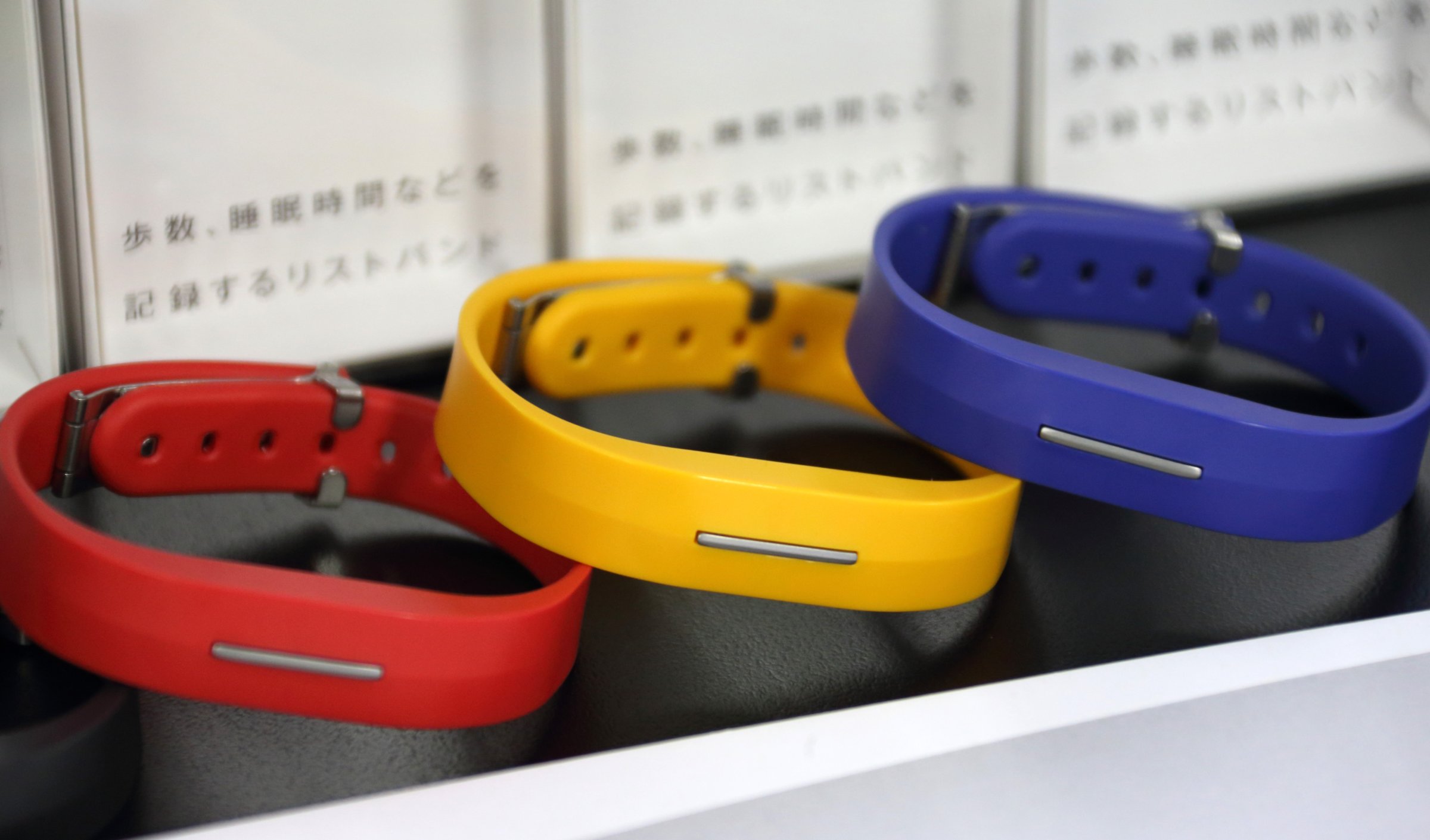
Fitness trackers are the darling of the tech press, but the data say consumers don’t care. Sales are sluggish. A recent Robert W. Baird & Co. survey found that 85% of Americans have “no plans” to buy a fitness band. But if the technology is there, and the press loves the product, what’s the overriding problem?
Here are the five most likely issues:
1. Fitness isn’t this complicated
When it comes to staying fit, there are two basic approaches.
The first method: Buy a fitness tracker. Perform a week of workouts. Sync the data to your smartphone or computer. Review over two dozen categories of results, from steps taken to calories burned. Plot your performance in a scatterplot. Chart your progress over time. Set new fitness goals across seven metrics, then fiddle with your charts and analyze your exercise trajectory in search of firm conclusions. Recharge your device.
The second method: Eat healthy and do something active a few times a week.
It’s really that simple. Knowing that we took 1,017 steps on Monday isn’t going to undo two pizzas and a six-pack of beer.
Fitbit Flex – Features, Features, Features | FindTheBest
2. Fitness isn’t fun
Basketball is fun. Snowboarding is fun. Fitness is not fun. To date, the fitness tracker is great for measuring everyone’s least favorite activities (running and stair-stepping), and worthless for measuring fun, meaningful things, like the quality of a jump shot or the fluidity of a golf swing.
A few people will still buy the things in a half-baked attempt to feel good about themselves. The rest of us will spend the money on a round of golf.
3. Fitness isn’t comfortable
Consider that most hit consumer tech products of the last 20 years have only made things more comfortable and convenient. The mp3 player let us listen to anything without getting up. Online streaming services (ex: Netflix) made the movie rental process easier and lazier. The smartphone allowed us to play games and YouTube videos from bed. Steve Jobs even spent the entire iPad announcement sitting on a couch and browsing the web.
As humans, we’re lazy by default, which presents a problem for the fitness tracker. The smartphone, mp3 player and tablet embraced this fact; the fitness tracker is trying to fight it.
4. Fitness isn’t fashion
Today’s fitness trackers range from “gaudy” to “understated,” but there’s nothing so far that qualifies as “fashionable.” (Nice try, Swarovski.) Logistically, this is terrible news for the fitness tracker, which wants to measure everything you do, but only works when you’ve got the thing strapped, stuck, or wrapped on your body. Until the fitness tracker can convince us to keep the thing on, we won’t be experiencing the product’s full potential.
Not Ready for the Runway | FindTheBest
5. Fitness shouldn’t be creepy
We already know that fitness trackers make things unnecessarily complicated. But isn’t all that data collection also a little bit…creepy? Simple goals (“I’d like to run three miles today”) are fine, but why do we need exact step counts, numerical ratings for sleep quality, and automated data transfers to the company’s servers?
Add in the new patch-style trackers (which will just sit on your abdomen and track you all day), and we’ve moved from “tracking” to “stalking.”
Stick it and Forget it – the Fitlinxx AmpStrip | FindTheBest
At a certain point, enough is enough. We don’t need a fitness tracker to tell us that.
More Must-Reads from TIME
- Your Vote Is Safe
- The Best Inventions of 2024
- How the Electoral College Actually Works
- Robert Zemeckis Just Wants to Move You
- Column: Fear and Hoping in Ohio
- How to Break 8 Toxic Communication Habits
- Why Vinegar Is So Good for You
- Meet TIME's Newest Class of Next Generation Leaders
Contact us at letters@time.com